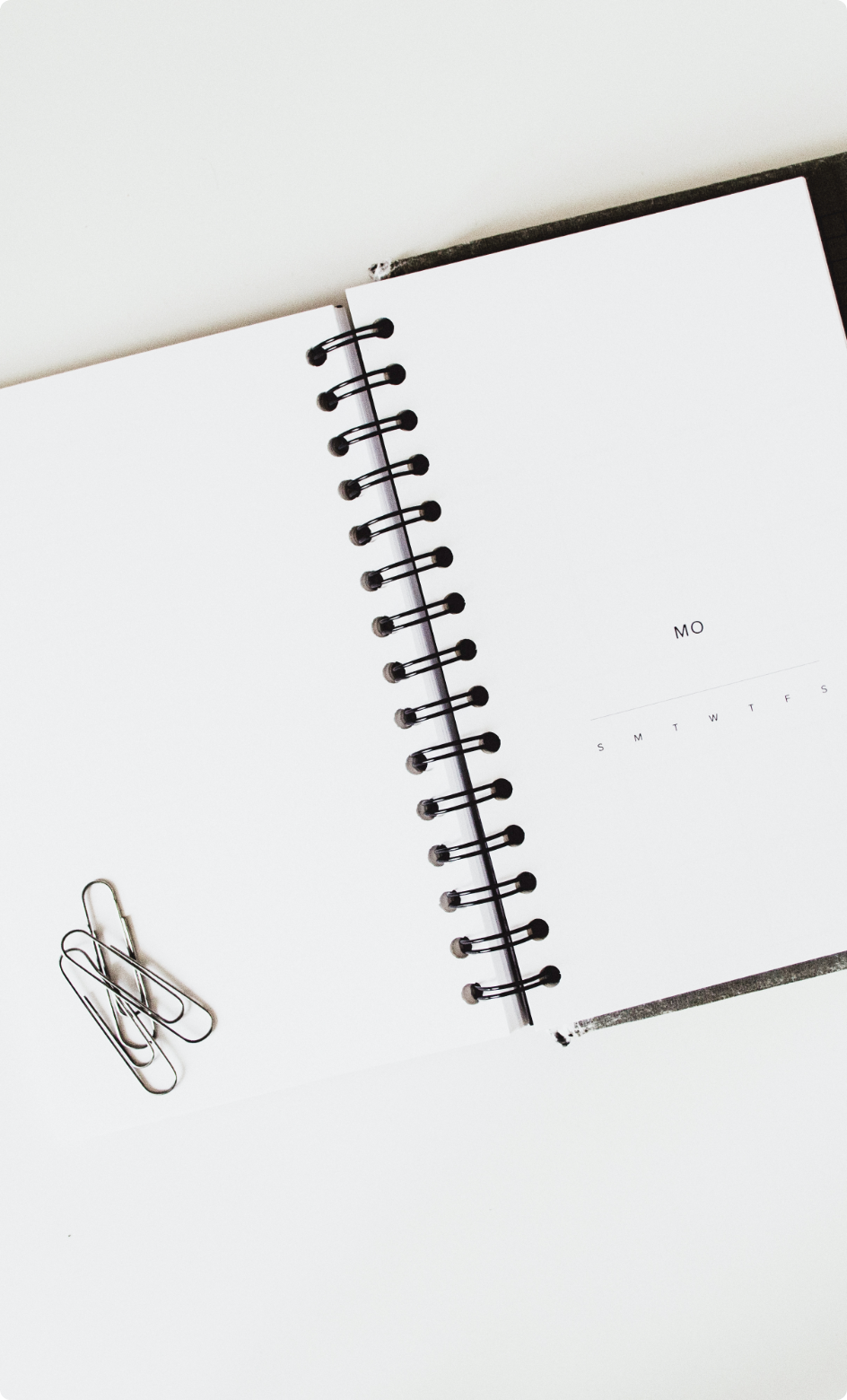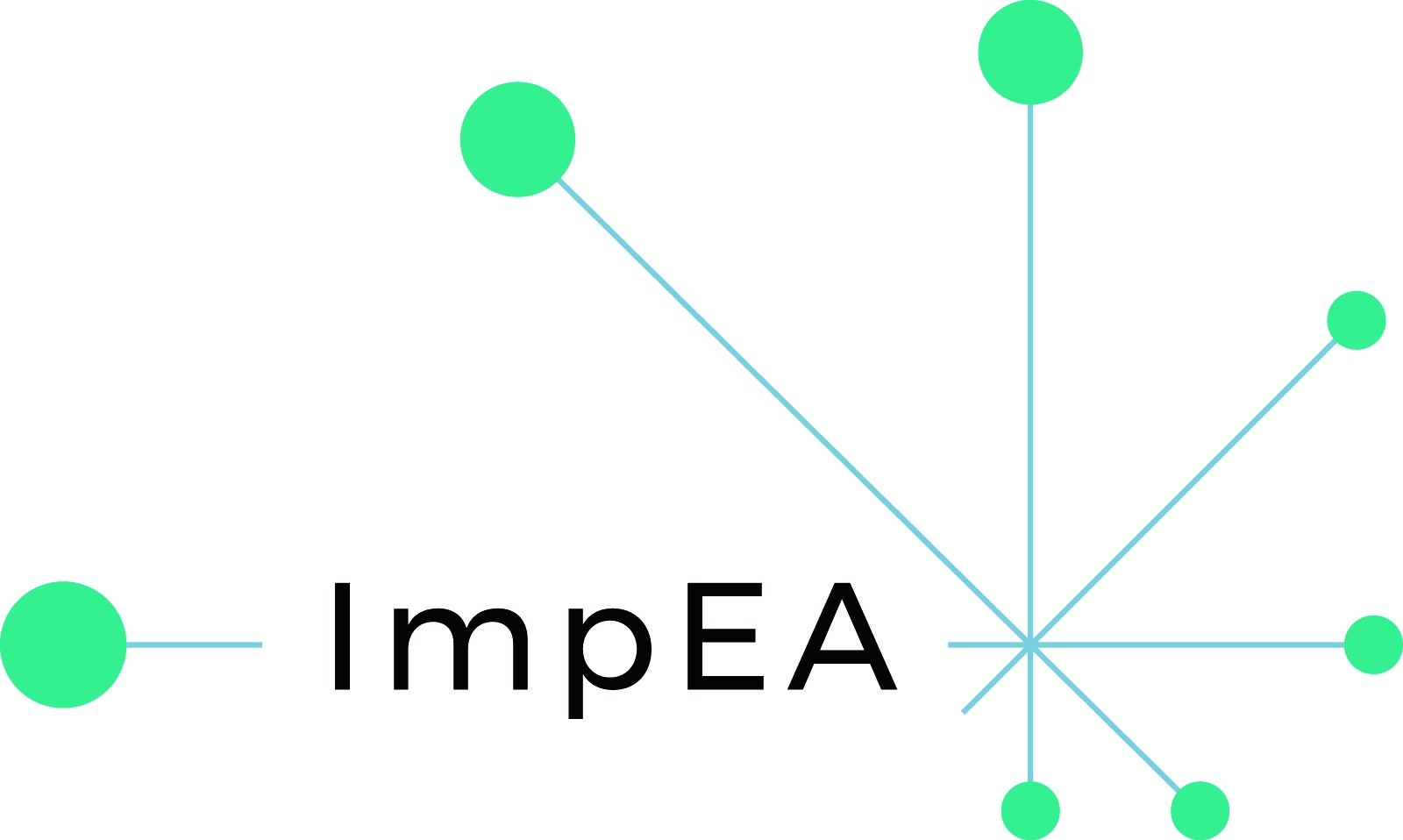Guide to
self-evaluationSelf-evaluation report serves as a primary information source for the panel in preparing for the on-site visit, during its interviews with the stakeholders and when assessing the programme. This means that the report will be your presentation card. It will provide the panel the first impression of your programme.
However, the process leading to this outcome is more complex than just writing the report, and might cause some difficulties. The below guide aims to provide joint programmes’ consortia most relevant information about the process as well as advice on the report.
1
Before you begin
Verify the eligibility of your programme – different national legislations
It is highly advisable to start the preparatory work with verifying if a joint programme is eligible for undergoing accreditation procedure according to European Approach. In order to determine the eligibility it is good to start with understanding the definition of a joint programme in the EA.
The following instructional video might be helpful regarding the eligibility
Can be found in the section of the Understanding EA

2
Consult national legal frameworks
Once it is sure that your programme fulfils the definition of a joint programme and European Approach eligibility criteria it is important to check national legislations in every country where the future accreditation decision would be recognised. The programme consortium should verify if and where the local regulatory frameworks allow the programme to be accredited based on the European Approach.
In order to do that it is highly advisable to consult European Quality Assurance Register’s knowledge base. it contains most up to date information about the national policies and regulations towards accreditation procedures based on the European Approach. You can find the EQAR knowledge base here:
EQAR’s knowledge base will help you also identify relevant regulatory frameworks of the European Higher Education Area countries regarding recognition of the accreditation decisions based on the European Approach.
3
Engage your consortium partners
Developing a single self-evaluation report of a joint programme is no doubt a collective exercise. In order to provide comprehensive and convincing arguments in the report, it is important to work with all the members of the joint programme consortium from the very beginning of this process. There is a number of issues that need to be discussed, clarified and agreed upon before the writing of the report begins. Therefore, it is necessary to engage all the partners as soon as possible.
One of the first decisions to make is to choose the appropriate quality assurance agency to perform the evaluation process. Below video provides some useful tips on how do do that:
The next step is to identify relevant quality assurance agencies for recognition purposes. It should be done by each of the consortium partners obliged by their national legislation to undergo programme accreditation. It is important to remember that only quality assurance agencies registered in the European Quality Assurance Register can use the European Approach. EQAR’s database provides all relevant information regarding the registered quality assurance agencies, operating on the territory of each of the EHEA countries.

4
Self-evaluation process
According to the European Approach to Quality Assurance of Joint Programs, the institution provides the basis for the external quality assurance through a self-assessment report and or by collecting other material including supporting evidence.
Quality assurance agency might provide a template or guidelines on how to prepare the self-evaluation report. Should that not be the case the joint programme consortium might use the template developed within the ImpEA project.
The process of preparing for and writing the SER should be the result of internal consultation within the programme as its own internal quality assurance.
1)
Timeframe and planning
European Approach-based accreditation procedure is usually more complex and therefore, time consuming then the regular one. The main reason behind it is that usually it requires engagement of numerous stakeholders and perspectives. Since it is also an international procedure, it requires much more elaborate communication scheme. It is safe to assume that the whole procedure will take approximately one year, from its initiation to the recognition of the decision by every interested quality assurance agency, if possible.
The process of writing the self-evaluation report (SER) can take minimum one, two months depending on the amount of information that is already available, and the level of cooperation among collaborates. It has to be taking into consideration that the process involves not only writing but also and equally important preparing for writing and revising the report. Collecting all the information and evidences to be able to write and complete the report might take at least 1-2 weeks. For example, the information on the national frameworks and some of the documents that have to be included in the Mandatory Annexes like the documents supporting the legal status of the partner institutions and the CVs of academic staff might need to be collected and/or updated.
In parallel the process of reflection on the programme to demonstrate that the programme meets all requirements should start. The response to some or part of the standards might be straightforward other need a critical, analytical reflection on the standard as a whole. The latter needs internal joint consultation. As the process involves all Consortium partners, depending on the way the SER is prepared and the allocation of tasks it could take more or less time. Calculate that the time for revising the final draft.


2)
Organization
Writing the self-evaluation report (SER) is a responsibility of all partners. Having said that it is clear that only some people are actually involved in the writing. Thus, the first thing partners should decide is WHO is in charge of writing the report and collecting all information and evidences from the partners. It might be decided that one person, for example the coordinator, writes the draft and the other partners revise the report and make suggestions, recommendations or propose changes. Other possibility is that the consortium decides that different people contribute to different parts and afterwards the report it is jointly revised. It can a mix of both. In any case, it is of the most importance that there is at least each partner institution designates at least one responsible person to contribute to the writing process and the gathering of evidences.
Decide at the start of the process who is the focal point at each partner institution. In other words, who is the one responsible for providing the relevant information and documents. A tip is to appoint two persons per institution: one academic contributing to the contents of the report and one administrative in charge of gathering documentation etc.
Organise all the documents in different folders from the beginning.
Save all documents on a shared drive
Give access to this shared drive to the relevant people/focal points
Self-evaluation report
The Self Evaluation Report Template provides the basic outline and structure of the report. That also includes recommended annexes, which enable the panel to better understand the specificity and qualities of the programme and all its components. However, there are couple of general advice to follow in each and every point of the report The SER should focus explicitly on the distinctive feature of the joint programme as a joint endeavour of HIEs from more than one national higher education system. This means that the report should :
- Underline the added value from the joint design and delivery
- Indicate clearly the added value of each partner, its role in design and delivery of the programme and its impact on the quality of the programme;
- Mind the international and intercultural aspect of the programme
- Underline the richness coming from diversity of students – different cultural backgrounds, and its impact on the quality of education;
- Explain consistency of programme curriculum, learning outcomes and assessment regulations – among consortium partners;
- Explain the internal quality system – it is important to highlight the adjustment of the system to the unique requirements of the joint programme;
- Describe the joint support services for students, taking into account the international and intercultural diversity of students;
- Include joint research activities to further improve the programme content.
Highlights and further advice are also included in the section


Before the visit
Once the self-evaluation report is completed and submitted to the quality assurance agency for further processing, it is important to reflect on the next steps of the process – a site visit.
The site visit is described more in-detail in the section EA procedure. However, based on the experience of the ImpEA project partners it is important to take the following into account in the planning process:
1. Favourable timing – the panel would like to meet with as diverse students, faculty and staff representation as possible. Therefore, the date of the site should allow for convenient scheduling meetings with programme’s students, faculty and supporting staff. The participants of such meeting should represent, if applicable, different national and cultural backgrounds, study paths and progression, scientific and/or professional specializations, etc.
2. Location – the site visit carried out in a physical format should enable the panel to evaluate teaching and learning facilities most relevant for the programme’s aims, objectives and learning outcomes;
3. Enable online live communication with other consortium partners, in particular programme management, faculty and supporting staff representatives. This is especially relevant when the time zones should be taken into account in the scheduling process.
Workload: Self-evaluation process checklist
☐ Verify the status of the programme and its eligibility for European Approach procedure
☐ Contact and inform all partners about the process
☐ Consult relevant national legal frameworks
☑ Choose EQAR registered quality assurance agencies for:
☐ Coordinating the procedure
☐ Recognising the accreditation decision in relevant countries
☐ Make a list of all the information you need to collect including Mandatory annexes and any other documents that you would like to add
☑ Discuss and decide with your consortium partners on how to manage the process:
☐ the language of the report, having in mind the process of recognition of accreditation decision in each interested country
☐ coordination of the process, including putting together contributions and inputs from all the partners
☐ timeline, milestones and deadlines for gathering all information,
☐ where to keep record of all documents (i.e. cloud drive)
☐ division of tasks and responsibilities
☐ Gather all information and documents
☐ Start a process of joint consultation to reflect critically on the programme
☐ Write the report on the basis of the joint consultation
☐ Share and revise the final draft
☐ Submit the report
